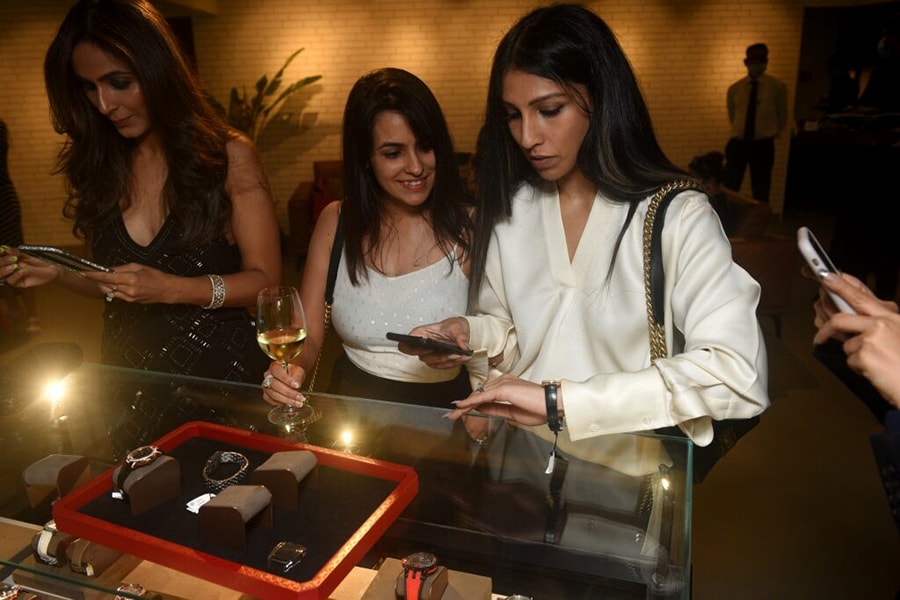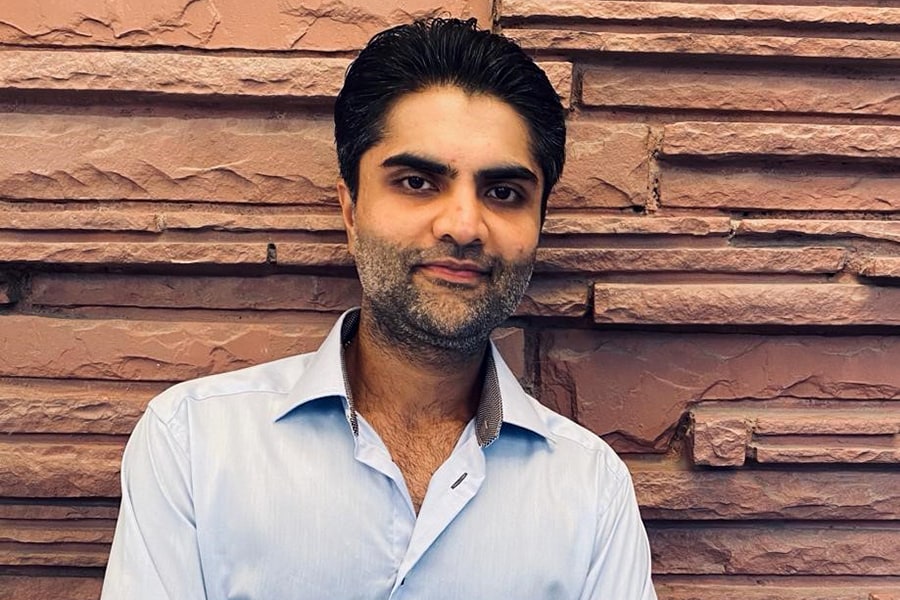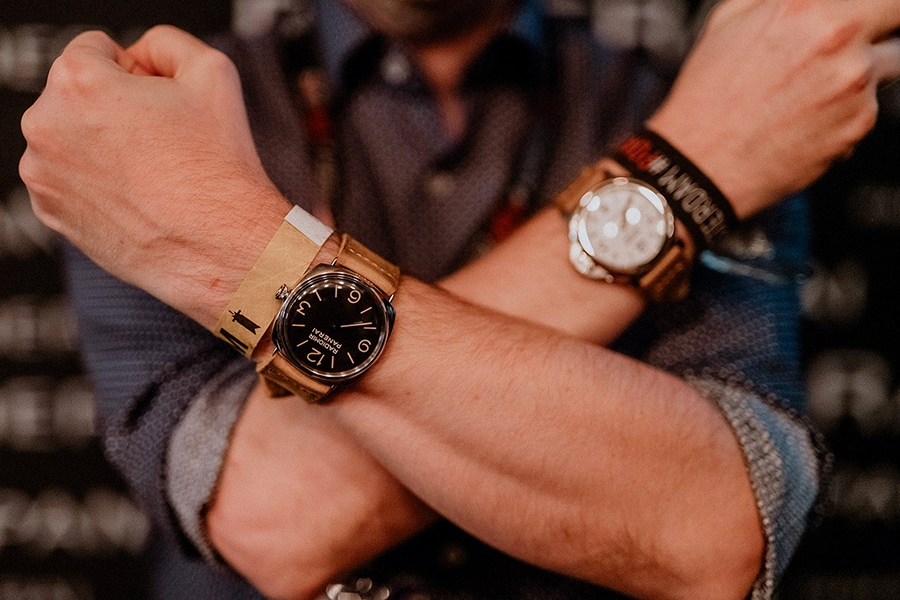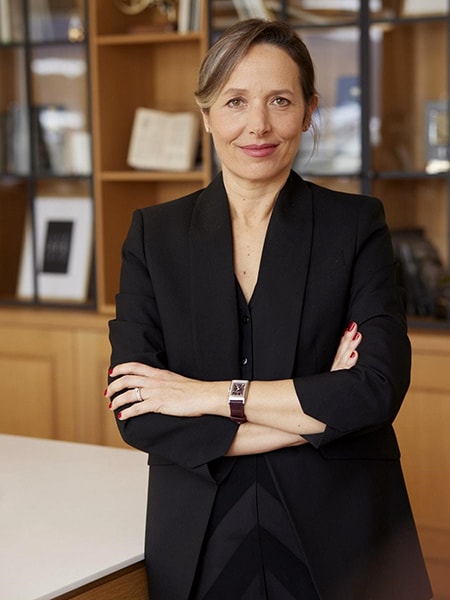
Luxury watch market in India: A story of transformation
Luxury watch brands have understood the importance of creating a deeper relationship with their customers and are slowly yet gradually getting over the whole transactional mindset, writes Karishma Karer
 In this file image, Adam Craniotes, founder of the Redbar Group (C) attends the Frederique Constant and Alpina Press Day & Cocktail Event at Le District Restaurant in New York City. (Photo by ROB KIM / GETTY IMAGES NORTH AMERICA / Getty Images via AFP)
In this file image, Adam Craniotes, founder of the Redbar Group (C) attends the Frederique Constant and Alpina Press Day & Cocktail Event at Le District Restaurant in New York City. (Photo by ROB KIM / GETTY IMAGES NORTH AMERICA / Getty Images via AFP)
Innovation, transformation and, in a way, even disruptions are what contribute to building any successful business.
The luxury watch industry is built around heritage, traditions, innovations, high price points, and most importantly, exclusivity. But do the Millennials and the so-called Gen Z see value in these attributes? How does a traditional watch brand that boasts of a 200-year legacy connect with today’s consumers without compromising its DNA? An industry that was dominated by a certain older age group of affluent buyers is now seeing a strong onset of younger shoppers.
Believe it or not, we have seen a relatively evident effort in that direction post-pandemic. Most luxury watch brands today have understood the importance of creating a deeper relationship with their customers and are slowly yet gradually getting over the whole transactional mindset. Spreading the awareness of social values through the power of knowledge and working towards a customer communication strategy. Does this mean brands have ceased all traditional marketing strategies? That wouldn't make logical sense. The key here is to add human value even to your marketing campaigns. Although working with celebrities, luxury sports activities such as Formula 1, Tennis, Golf and so on, has proven to be quite fruitful, brands today are now also working with real-life heroes, a more relatable approach.
Over the last few years, we have also seen the birth of several watch communities—some of which are driven by the brand directly. A good example here is the Paneristi tribe. A community of more than 30,000 Panerai owners with more than 30 local hubs around the globe. Each Panerista brings his own experience and story to the community, contributing to the nurture of this big worldwide family. A family where each Panerista can find common ground for his passion and mutual support during both happy and tough moments.
 Brands today are now also working with real-life heroes, a more relatable approach.
Brands today are now also working with real-life heroes, a more relatable approach.










